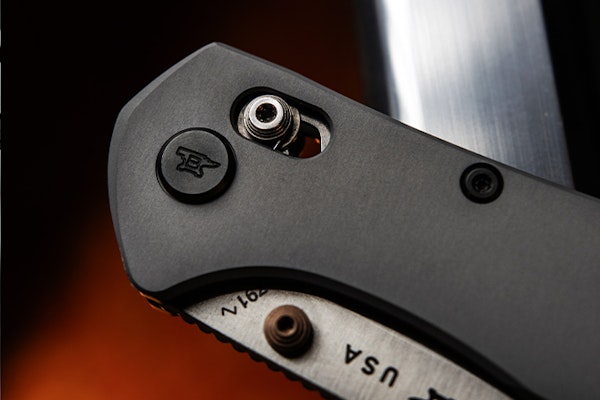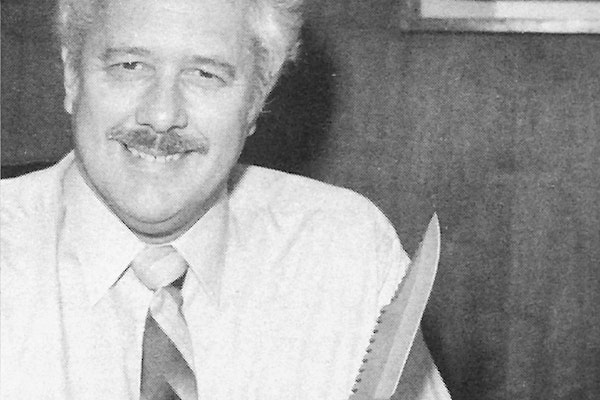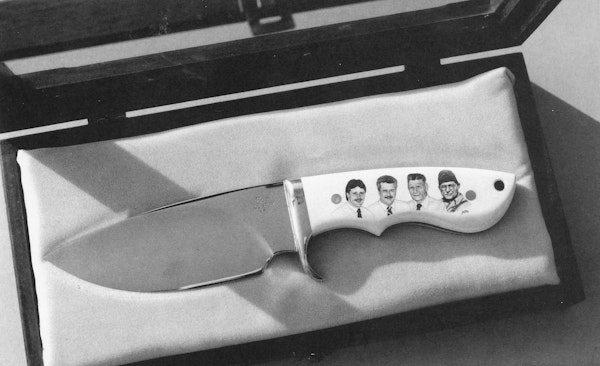
CHAPTER 18: THE ROAD BACK BEGINS
Once some vitally important, fundamental decisions were made, BuckKnives was ready to begin its march back, to regain the sales it had lost.
Foremost, of course, was the decision to approach the major mass merchandisers. This led inevitably to the amendment of credit policies.
"As you might imagine, Kmart was not crazy about the idea of paying cash for one million knives," Charlie Gregory noted wryly.
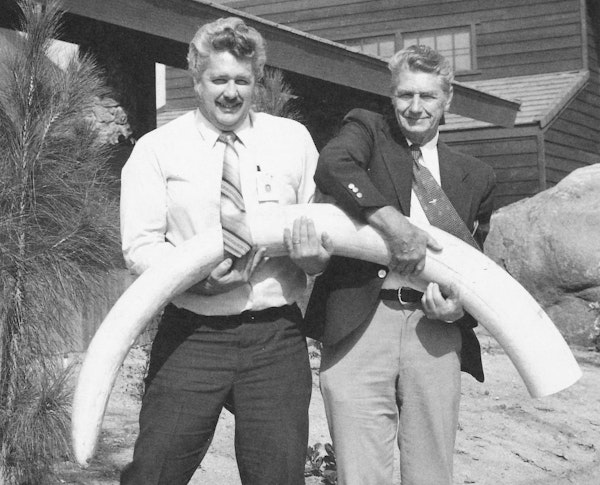
Similarly, the company's rigid credit policies had made it increasingly difficult for the sales force to compete successfully with Schrade, Gerber and Case for large accounts.
In the summer of 1982, Buck approved the concept of "program sales" for the first time. In essence, the new policies provided discounts and extended terms for all purchasers. And it produced quick results.
In August of that year, Buck Knives finalized an agreement with Kmart and its 2,000 stores nationwide. Under terms of this pivotal contract, the company agreed to stock
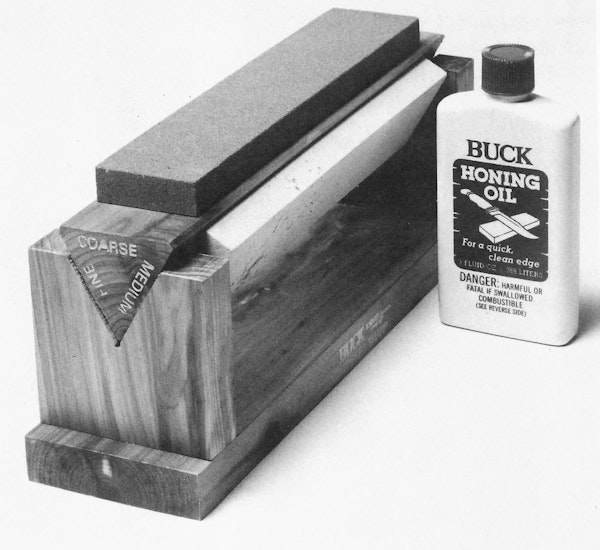
100 new Kmart stores a month for 20 months. Not only did this agreement enable the firm to liquidate some of its inventory, it generated about $5 million in new sales that first year alone.
By 1985, Buck was dealing with most of the nation's largest chains, and today about 75% of its domestic sales are made through national retailers.
The second key breakthrough was in the area of exports. In 1980, virtually all Buck knives were sold domestically.
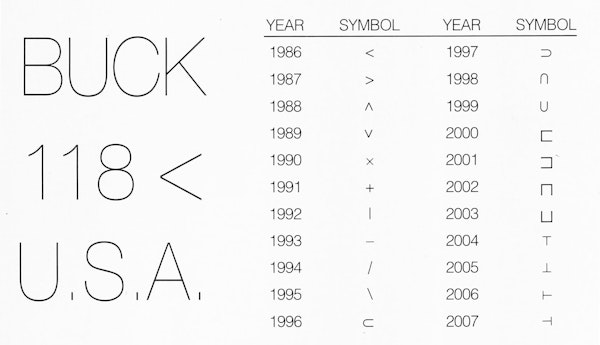
"We didn't need to go overseas," Gregory said. "We were selling all the knives we could build through our own system in the States.'
But America's "Crash of'82," and its effects on Buck, forced management to seek new horizons. Their export market has been growing ever since. Buck knives are now sold all over the world. In 1990, exports accounted for 11% of total sales.

